BREAKING: EPA Accuses Fiat Chrysler of Emissions Cheating; Over 100,000 Ram, Jeep Vehicles Implicated

The Environmental Protection Agency has accused Fiat Chrysler Automobiles of installing emissions software in 104,000 diesel Rams and Jeeps that violates the Clean Air Act.
According to the regulator, which made its announcement this morning, FCA failed to declare “eight auxiliary emissions control devices” during the EPA certification process. Those devices were installed on 2014, 2015 and 2016 Jeep Grand Cherokee and Ram 1500 vehicles equipped with the 3.0-liter EcoDiesel V6 engine.
The regulator has sent a notice of violation to the automaker.
During heightened EPA testing of domestic diesels that occurred in the year after the Volkswagen emissions scandal, the regulator discovered software installed on FCA vehicles created excess nitrogen oxide tailpipe emissions. NOx is the key ingredient in smog, which poses a danger to people with respiratory issues.
The findings show a “serious violation of the Clean Air Act,” said Cynthia Giles, assistant administrator of the EPA, during a conference call. “Some of the devices allow the vehicle to perform differently when being tested,” she added.
Giles said EPA is looking to FCA “to demonstrate why we shouldn’t conclude that these (devices) are defeat devices.”
Defeat devices installed on Volkswagen diesel engines were revealed to turn on emissions control functions when the vehicles were undergoing regulatory testing, while leaving them off during normal, day-to-day operation. In Volkswagen’s case, the NOx levels were up to 40 times the legal limit.
During talks with FCA, the regulator, which is working with the California Air Resources Board and Environment Canada, claims that the automaker didn’t offer a suitable explanation for the devices.
The certification process for 2017 model year FCA diesels remains on hold, pending the ongoing investigation. Owners of the two models needn’t take any action, however. The regulator claims that the vehicles, while in violation of pollution laws, remain safe to drive.
In a statement, FCA claimed it was “disappointed” in the decision to send a notice of violation:
FCA US intends to work with the incoming administration to present its case and resolve this matter fairly and equitably and to assure the EPA and FCA US customers that the company’s diesel-powered vehicles meet all applicable regulatory requirements.
FCA US diesel engines are equipped with state-of-the-art emission control systems hardware, including selective catalytic reduction (SCR). Every auto manufacturer must employ various strategies to control tailpipe emissions in order to balance EPA’s regulatory requirements for low nitrogen oxide (NOx) emissions and requirements for engine durability and performance, safety and fuel efficiency. FCA US believes that its emission control systems meet the applicable requirements.
FCA claims it spent months responding to EPA requests for information. The automaker added that it has developed a possible solution to problem — a software update that “could be implemented in these vehicles immediately to further improve emissions performance.”
The 3.0-liter EcoDiesel engine allowed FCA to advertise attractive fuel economy figures in the face of stringent CAFE requirements. Ram claims the 1500 HFE sips diesel at a rate of 29 miles per gallon on the highway, while Jeep claims the diesel Grand Cherokee attains a 30 mpg highway figure.
[Image: Fiat Chrysler Automobiles]

More by Steph Willems
Latest Car Reviews
Read moreLatest Product Reviews
Read moreRecent Comments
- 3SpeedAutomatic Nope....
- Bd2 Looking forward to flooding the rental lots with Hyundai and Kia models, this is just one obstacle now eliminated.
- Kcflyer keep the color. lose the stupid front design. make it reliable, at least as reliable as a base 911. Then and only then is it somewhat worthy of that price.
- FreedMike I'm not sure why anyone would choose this over an A8 or S-class.
- FreedMike I think the manufacturers who are discontinuing affordable small and midsize cars in favor of more expensive crossovers (that are built on the same platforms and use the same mechanicals as said small and midsize cars) may well live to rue that decision. Having said that, though, at least GM is offering decent entry level stuff beyond the Malibu, so good for them.



















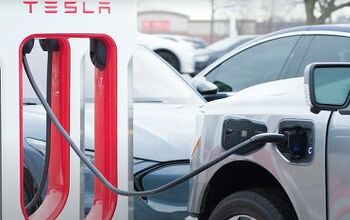

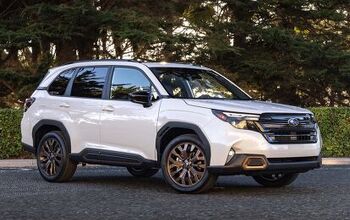
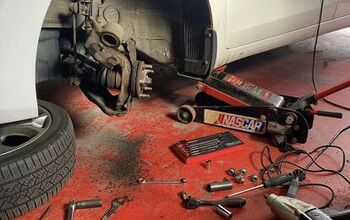
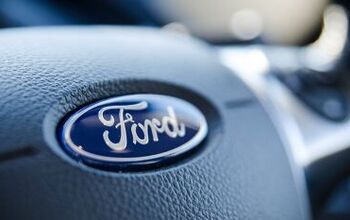
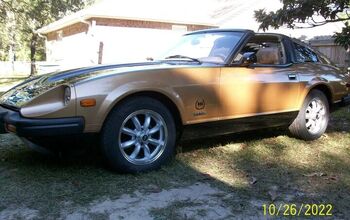



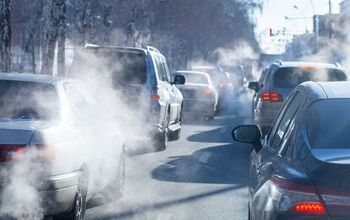

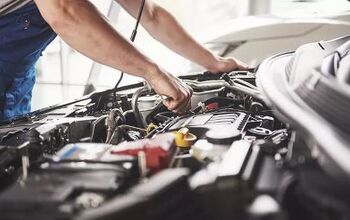



Comments
Join the conversation
When this story broke and I saw the headlines elsewhere, I first presumed it was an update on the recent class action lawsuit over the emissions systems in 2007-12 Rams with the Cummins 6.7 diesel. That is also still ongoing AFAIK. The EPA's EcoDiesel investigation may be related to this class action lawsuit. The webpage describes the behavior of some of the alleged defeat devices: http://www.businesswire.com/news/home/20161201005646/en/Hagens-Berman-Consumers-Sue-Fiat-Chrysler-Bosch
#golden2husky: I’m amazed at how ignorant some people are thinking that eliminating the tools that gave us vastly improved air quality would be a good idea. Once again an instant response without any reflection on the content of the comment. I never said we don't need the EPA and I used sarcasm to make a point. The new administration may be able to return the EPA expectations to attainable levels and balance the tree hugger's attempt to use the EPA to get rid of ICEs all together with the clear understanding companies cannot make a profit when strangled by unrealistic EPA and CAFE standards.